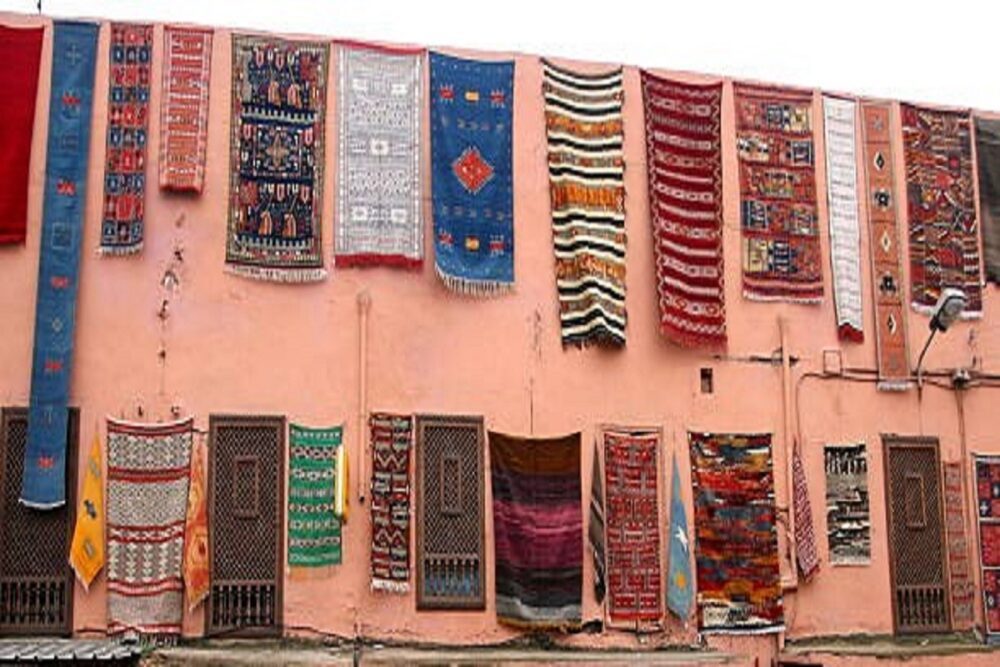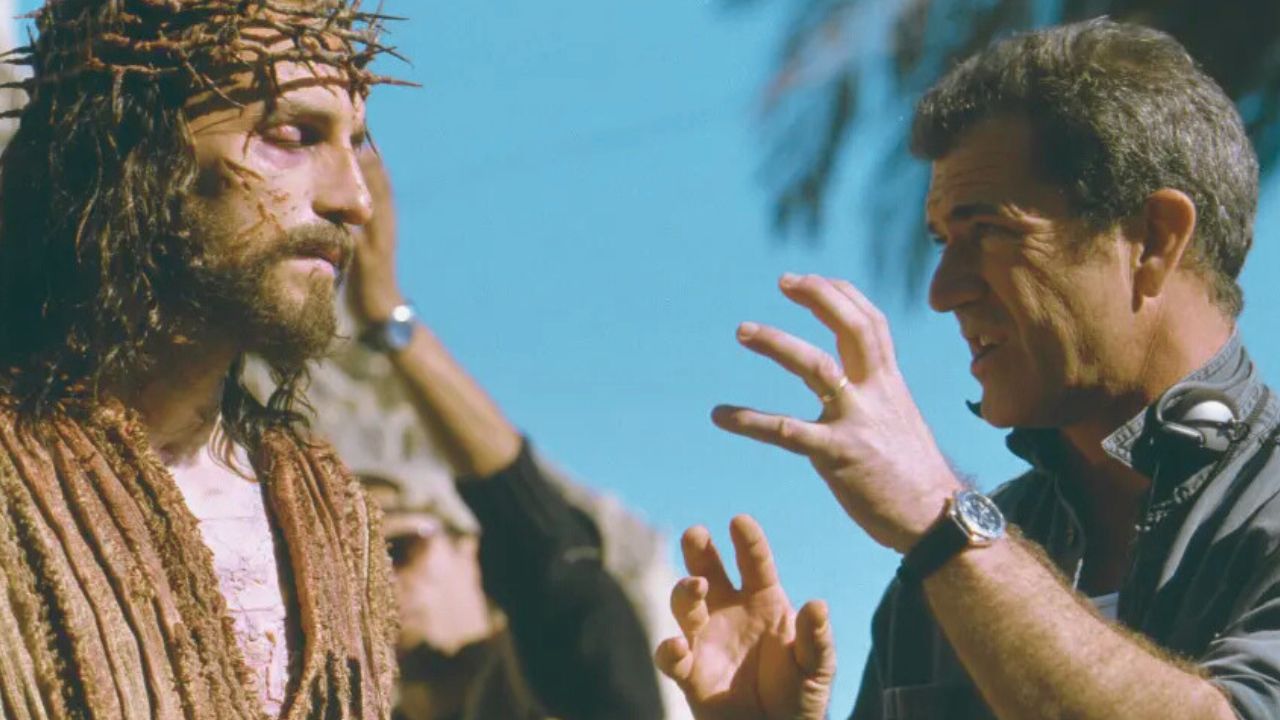The Moroccan Amazighs have a renowned and long custom of making hand-woven carpets and also rugs. With one of the biggest Amazigh populaces, Morocco is today among one of the most respected producers of carpeting. Each of the forty-five approximately Amazigh people scattered throughout the country has its very own distinct style, it’s very own style of weaving as well as embroidery, as well as its own art. All the carpeting of the different people shares 2 common characteristics: simplicity of style as well as the splendor of color, particularly red and saffron.
Typically, carpeting has been woven more for practical use than as decorative items. The rugs made by the people staying in the Atlas Hills area abound a hefty pile, while those made by the tribes residing in the desert are level and light woven, implying that the nature of the environment has an effect on the azetta, the weaving of the area.
The background of Moroccan berber carpets goes back to the Paleolithic, a prehistoric period characterized by the growth of the very first tools made use of by man. Traces of Amazigh themes as well as tribal importance have actually been located in rock art as well as cave paintings dating back numerous thousand years. In the lack of a composed language, the weavers of antiquity videotaped their legends as well as misconceptions, making use of glyphs and marks inlaid in their carpeting and in caves.
Over the centuries, Tamazgha (Amazigh territory) was attacked and conquered by a series of realms that fluctuated over time, consisting of the Romans, Ottomans, Arabs, Spanish, Portuguese and French. None handled to leave a more long-term effect than the Arabs, which did well in Islamizing the entire region and also giving it an Arab identity forcibly. However, the Amazighs stuck tenaciously to their unique and age-old society, primarily due to the fact that they had been isolated for hundreds of years before the intruders got here.
Amazigh carpeting of the 20th century has the exact same transfer of glyphs as well as marks as carpets of the far-off past. Thus, looking at conventional Moroccan Amazigh carpeting gives the impact of looking at a century-old rug preserved in a time capsule or an art and background book.
Moroccan berber rugs from the 20th century still have the same layout characterized by unique knots, but they usually contain small dark streaks on a lighter background. Many of them have a blend of ordinary colors without a pattern.
With one of the biggest Amazigh populations, Morocco is today one of the most prolific producers of carpeting. Amazigh carpets of the 20th century have the very same transfer of glyphs and are also marked as rugs of the remote past. Therefore, looking at traditional Moroccan Amazigh carpeting offers the impression of looking at a century-old rug maintained in a time capsule or art and also background publication.















































